A great sour beer is a thing of beauty. However, there is always an element of luck when brewing a sour beer. Multiple microorganisms in a batch can sometimes act in unusual ways. Additionally, sour beers often change over time, becoming drier and more sour. One way to produce a great sour beer is to brew multiple batches and blend them.
One thing to keep in mind, however, is that you can’t save bad beer by blending it with good beer. If you blend two gallons of great beer with one gallon of bad beer, you’ve got three gallons of bad beer. Sour beers may have a funk that can be lessened to the point of being acceptable — particularly in lambic-style sour beers — but if a sour beer is undrinkable, pour it. Aways remember that the goal of a blend is to produce a beer that is better than either of the two (or more) component beers considered individually.
There are no rules to blending beers, no equations to instruct you on how to blend. (There are equations that will help you target a final ABV or characteristic of the beer.) However, there are some strategies that have been tried and generally work well. Looking at how lambic producers blend their sour beers is informative.
Traditional lambic producers have a brewery full of barrels to select from when blending their beers. The traditional blended lambic is a gueuze, made from one, two, and three year old lambics. [If you follow the plan in this article you will have three 5.0-gallon (19-L) buckets of lambic.] One-year-old lambic will still have some carbohydrates not fermented by the microorganisms. As such, it will likely still show a small amount of body and sweetness. It will be the least sour of the three. In contrast, in the three-year-old lambic, the microorganisms will have completely utilized the carbohydrates (or very nearly so). It will be the most dry and acidic. The two-year-old lambic will have a character intermediate between these two.
The simplest blend, and the one that maximizes your volume, is to simply blend the full volume of all three together. This would give you 15 gallon (57 L) of gueuze. However, the best tasting blend is unlikely to be an even blend of three. If you enjoy a very acidic and dry lambic, your blend should be dominated by the third year old lambic. For example, you may want to blend all 5.0 gallons (19 L) of the three year old lambic with 2.5 gallons (9.4 L) of the two year old lambic and only a little over 1.0 gallon (3.8 L) of the young lambic. This would yield between 8.5 and 9.0 gallons (32–34 L) of gueuze. The leftover lambic could be used for fruit lambics or racked to a carboy and stored for future use in other blends. (If you do this, make sure there is as little headspace in the carboy as possible.)
For a mellower lambic, you may want to blend all of the two-year-old lambic with smaller amounts of the young lambic and enough three-year-old lambic to hit your preferred level of acidity. You can take samples and make test mixes to determine your favorite blend. The level of funk in each of three beers may also lead you to change their proportions. Although you have a wide variety of options, a gueuze blend should never be dominated by the young lambic. It will not be sour enough and it will age unpredictably in the bottles.
Once blended, the gueuze should sit for about a year in bottles (or kegs) before it is consumed. Gueuze is traditionally bottle conditioned, with enough added sugar to highly carbonate the beer. It is almost as highly carbonated as Champagne. Given that your blend will include some young lambic, carbonation can be tricky as you will not know how much unfermented carbohydrates are in your blend. You may want to hedge your bets a bit and add a little less sugar for priming than you need to hit your target CO2 level. Or, you can simply be aware of the possibility of over carbonation and drink the beer soon.
In an upcoming article, I’ll discuss sour beers other than lambics and explain the nuts of bolts aspects of blending.
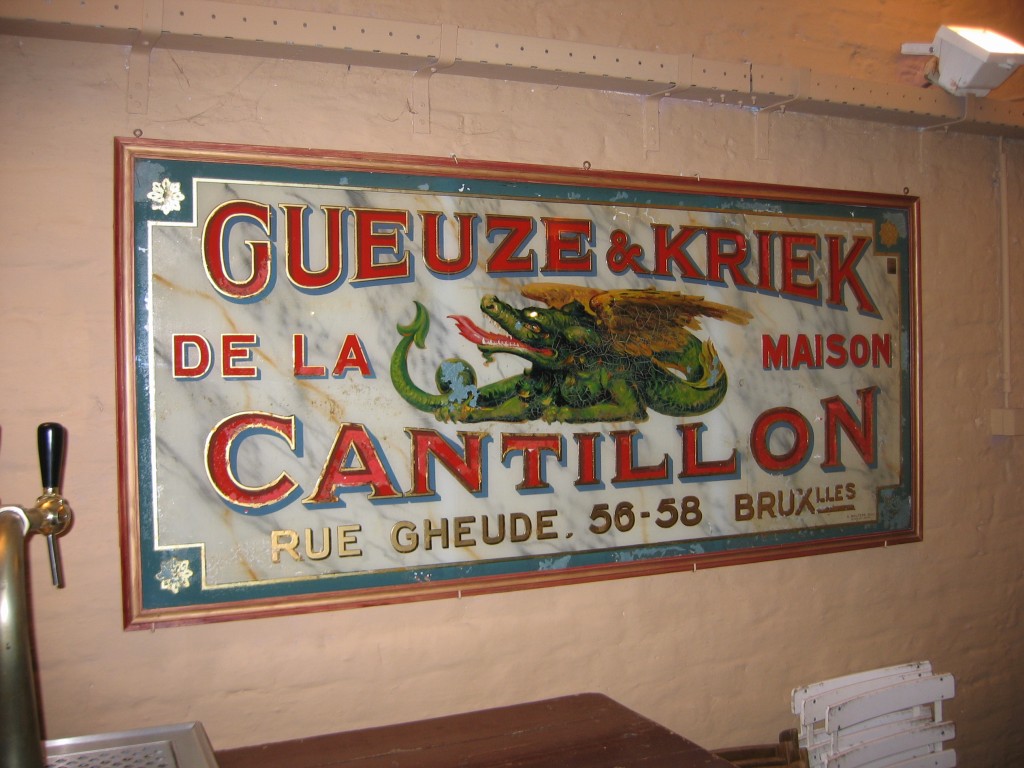
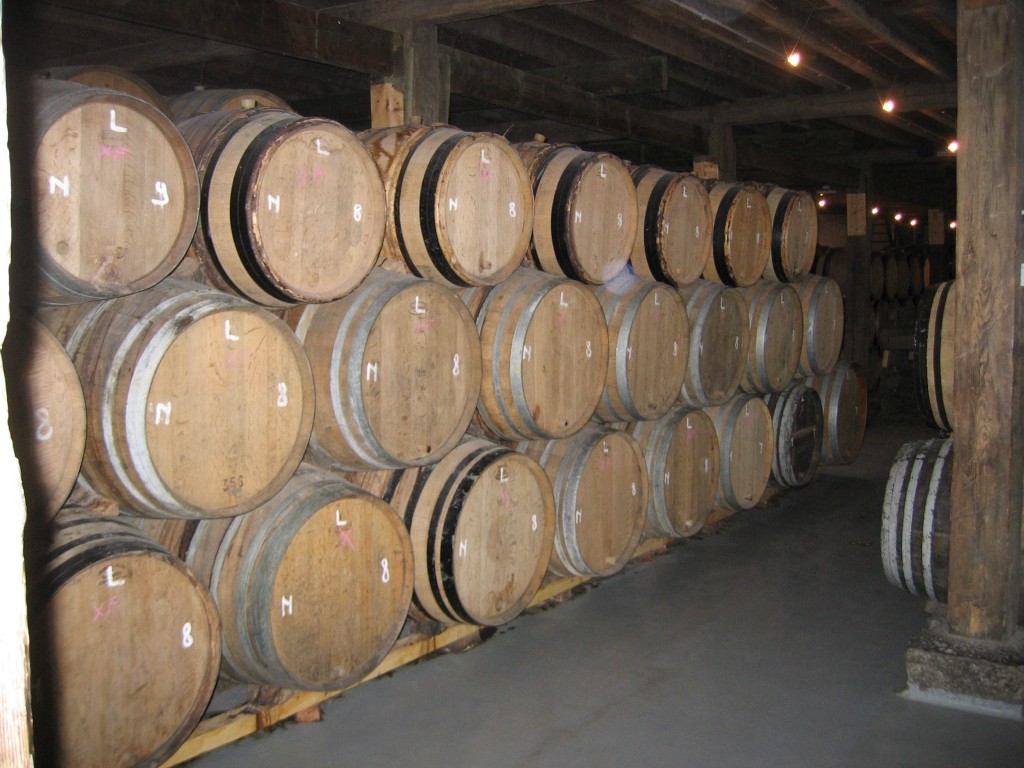
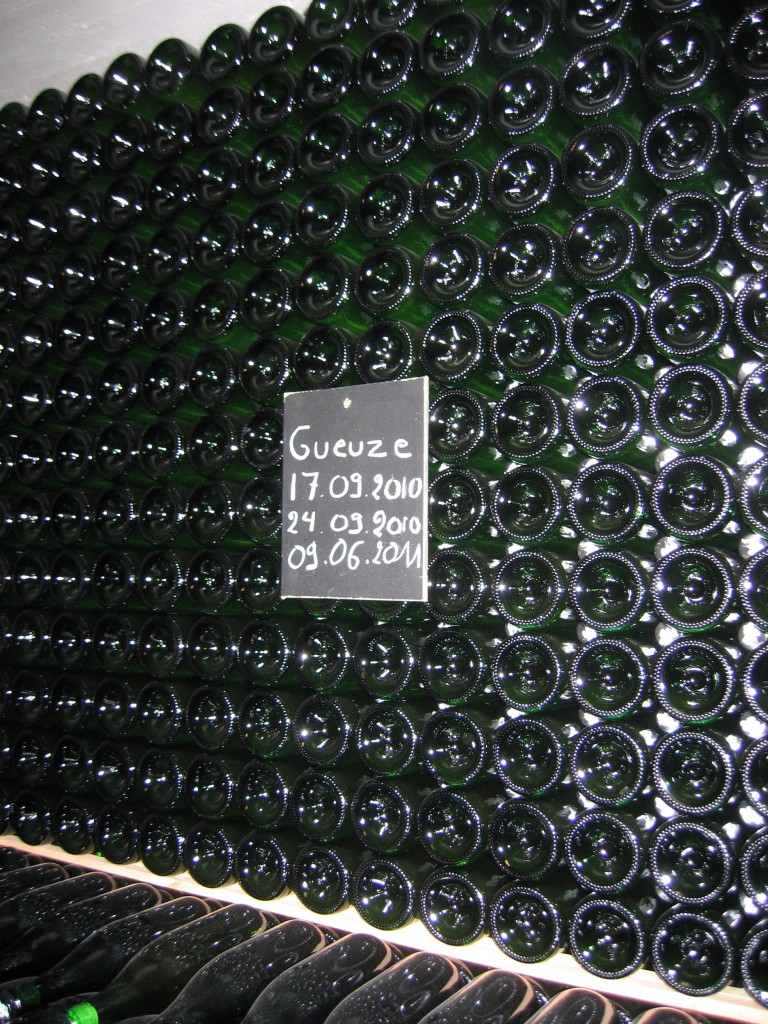
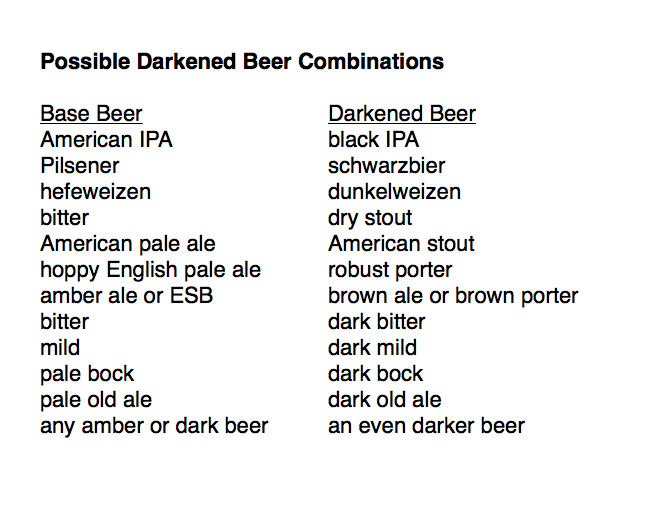
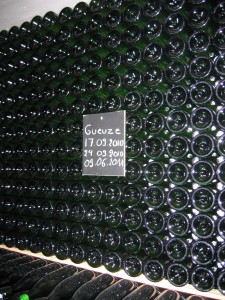


Recent Comments